Of the jaw is an important part of the facial skull. On the one hand, it has a great influence on the appearance of people, on the other hand it serves to ingest food and influences the way a person speaks.
What is the jaw
As jaw is called the lower part of the head. It consists of the lower and upper jaw as well as the jaw joints. The upper jaw is firmly fused with the nasal bone and the cheekbone. The lower jaw is movably connected to the temporal bone by the temporomandibular joints.
So there is only an indirect connection between the upper and lower jaw. The chewing muscles only move the lower jaw. This basic structure is found in all mammals, in contrast to birds, in which the upper jaw is also mobile.
Anatomy & structure
The upper jawbone and the palatine bone form the upper jaw. It contains the maxillary sinus and forms the floor of the eye socket. It also forms the floor and walls of the nasal cavity and, as part of the palate, the roof of the oral cavity. It has four appendages:
- Frontal process - it connects the nasal bone, lacrimal bone and frontal bone
- Yoke process - this triangular process is located below the orbital surface
- Alveolar process - this arched process is used to receive the teeth
- Palatine process - it forms a horizontal plate that is located between the surface of the nose and the alveolar process
The lower jaw consists of a horseshoe-shaped jaw body, the front part of which forms the human chin. This jaw body has parts that lead upwards on both sides, the lower jaw branches. The lower jaw bone has three processes:
- Alveolar process - here, as in the upper jaw, are the teeth
- Articular process - it sits on the lower jaw branch and has a cylindrical joint head. This is the moving part of the temporomandibular joint.
- Muscular process - this is where the masticatory muscles start.
The teeth in both the lower and upper jaw are located in tooth pockets, the alveoli. However, they are not rigidly connected to these, but rather suspended in the tooth pockets so that they can move easily through collagen fibers. The roots of the teeth are located in deep bulges in the jawbone.
Function & tasks
The jaw is mainly used for food intake. The teeth play an important role here. The loss of teeth or their misalignment have repercussions not only on the jaw, but also on other parts of the body.
The misalignment of the teeth often leads to a malfunction of the temporomandibular joint. This then causes pain that can spread to the head or the rest of the body. In addition, the jaw also has an impact on a person's visual appearance. It also influences pronunciation. In both cases, the teeth, as part of the jaw, are crucial.
The temporomandibular joint is used to move the lower jaw. This movement is necessary for biting and chewing processes, but also for speech. This makes the temporomandibular joint one of the most stressed joints in the human body. Since this joint is near the ear, pain caused by TMJ disorders is often misinterpreted as earache.
You can find your medication here
➔ Toothache medicationIllnesses & ailments
In the case of diseases and malformations of the jaw, a distinction is made between congenital and acquired disorders. A congenital malformation is z. B. the lip and jaw or the palate clefts. These crevices arise during pregnancy. The individual parts of the face develop individually in early pregnancy and then grow together. If a disturbance occurs during this growing together, the crevices arise.
Jaw misalignments can also be congenital. The lower jaw is then shifted forwards or backwards. As a result, the two rows of teeth in the upper and lower jaw no longer match exactly. This is not only visually unattractive, it can also lead to problems eating or speaking and affect the jaw joint.
An acquired disorder is TMJ osteoarthritis. It is an inflammation of the temporomandibular joint caused by wear and tear and can become very painful. It is caused either by age-related wear of the bones or by a misalignment of the teeth, which leads to increased bone wear.
However, pain in the jaw can also be caused by inflammation of the ears. The head is traversed by many nerve tracts that are connected to each other. Inflammation in one place can quickly lead to pain in another. Diseased teeth, especially inflamed tooth roots, can lead to jaw pain.
Maxillary sinusitis is an inflammation of the lining of the maxillary sinus caused by viruses or bacteria. Acute maxillary sinusitis can result from a cold or a cold. Bacteria invade through the nose and sinuses. It is contagious because the bacteria or viruses that cause it are spread through droplet infection.
The chronic form of maxillary sinusitis usually results from an acute inflammation. It causes severe runny nose symptoms and often headaches. The proximity to the eye sockets can also cause visual disturbances. The roots of the upper molars can also become infected.

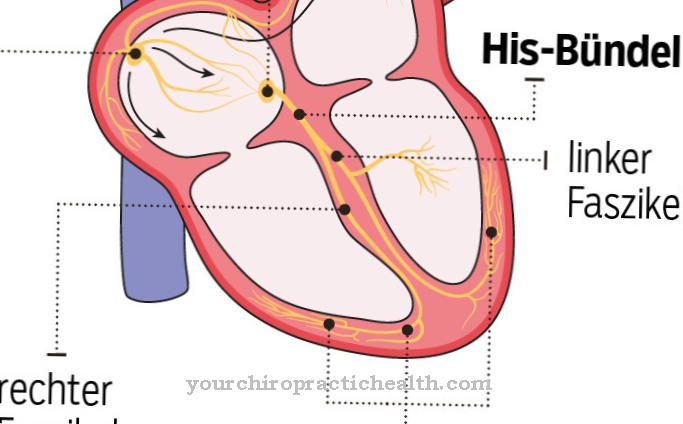
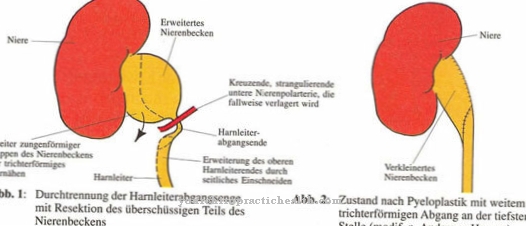
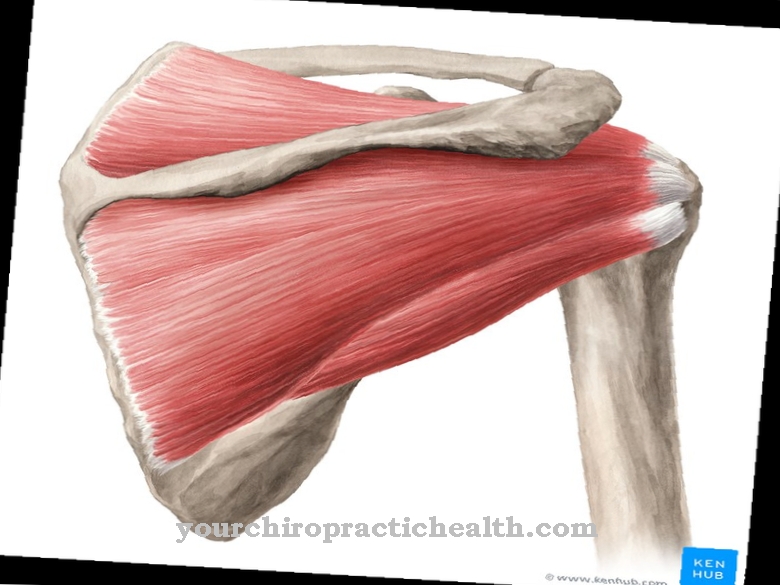
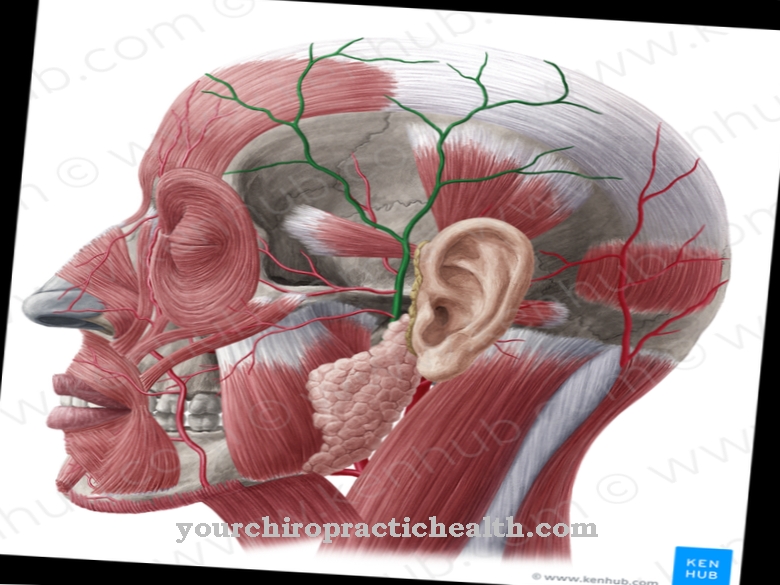

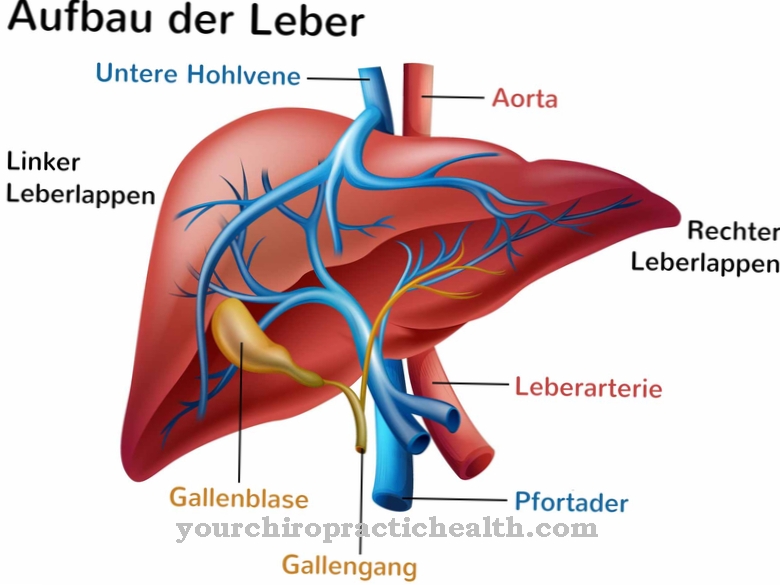

















.jpg)



